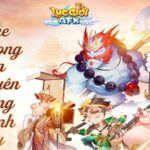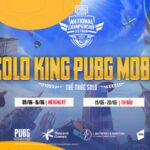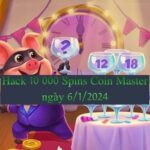Got a cool idea for a board game but don’t know how to kick things off? Making your own board game is super satisfying, but yeah, it can be a bit tricky too. Don’t worry, with some good advice and a can-do attitude, you can turn that sketch of an idea into a fun game to play with your pals. In this post, we’ll guide you through how to make your very own board game – from picking a theme to testing and tweaking it. So grab some stuff and let’s jump in!
Pick a Theme
Alright, it’s time to decide on the fun bit: the theme for your new board game! Thinking up ideas is key here, and you can do this on your own or with your mates. Jot down any potential themes that pop into your head, from the wild and wacky to the everyday stuff. Once you’ve got a bunch of possibilities, start to narrow it down by thinking about what sort of game bits your chosen theme will need. Will it be strategy-based? Or rely more on luck? Could it have physical pieces or just cards? Choosing a theme that fits with the materials and mechanics you plan to use in your board game is crucial to making it a blast to play.
Next, think about if the theme should be more abstract or linked to a well-known world like Star Wars or Dungeons & Dragons. If you’re going for something more abstract, think about how characters might interact and what kind of storylines could happen during the game. But if you pick an existing world as your inspiration, there are loads of resources out there, so make sure your game stands out from others that use similar themes.
Whatever path you pick for your board game theme, make sure it gives players loads of room to flex their creative muscles while they play – this will make sure they have loads of fun and want to play again and again!
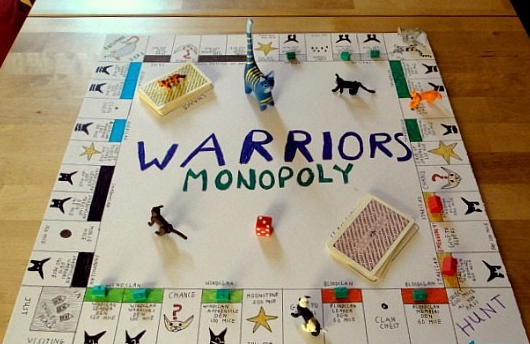
Design the Board
Let’s roll up our sleeves and start designing the board – time for some fun! First, think about what sort of materials you’ll use. If your game is paper-based, think about what kind of paper you’ll use for the board. You can also go for cardstock or cardboard if you want something sturdier. Also, think about how big your board should be and if it needs any special textures or finishes to make it stand out.
Next up are the game bits like tokens, dice, cards, etc., that will go on the board. Think about how many pieces you’ll need and where they should go on the board. Make sure each piece has its own spot so players know exactly where they need to put their stuff when playing. You could also add in spaces like ‘Start’ and ‘Finish’ spots or bonus squares that give players extra points when they land on them during the game – this can really ramp up the excitement!
Now it’s time to pull it all together – start placing your pieces on the board in a way that makes sense with the rules or goals you’ve set for your game. Also, decide if there are any other elements you want to add like symbols or pictures that build on your theme and give players visual hints during the game. Once you’ve sorted all this, you’re ready to make the instructions and test out your finished design!
Create the Pieces
Ready to bring your game to life? Let’s start by making the pieces – put together tokens, dice, cards, and any other bits you need. Pick materials that are sturdy and easy for players to handle; this could be wood, plastic or cardboard. Get together supplies like markers, glue, scissors and tape to make sure all the pieces stay together during play. You might also want to think about buying special boxes or bags to keep the pieces in when they’re not being used.
To make tokens, you can buy some ready-made ones or make your own. Ready-made tokens come in loads of shapes and sizes – just pick one that suits what you need! If you decide to make your own, pick a material like wood or plastic that’s thick enough so it won’t snap easily but not too heavy for players to move around the board game. Also, think about painting or decorating each token with a unique design – this adds an extra layer of fun for players!
Dice are key parts of loads of board games; these range from classic six-sided ones to more complex ones with loads of sides. To keep things easy, start with standard six-sided dice then add extra sides if you need. When making loads of dice, make sure they look different enough so players can tell them apart easily – using different colors is a good way to do this! Finally, don’t forget about card decks, which come in various sizes (e.g., poker). Go for high quality cards that won’t bend over time, so each game goes smoothly every time!
Put the Game Together
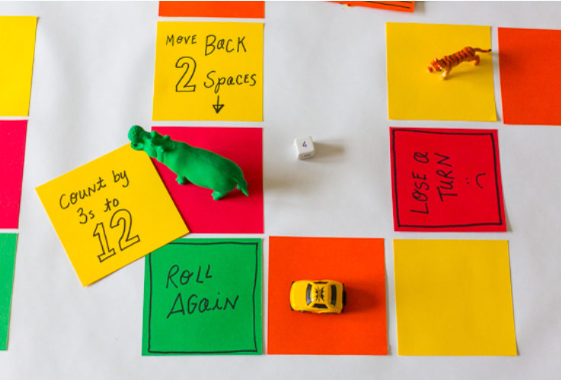
Once you’ve got all the pieces, it’s time to put your masterpiece together! Choose the parts that are needed for the game. This includes a playing board, game pieces, and a set of rules. The game board can be homemade or bought from a shop. If you decide to make your own board, you could use things like poster boards or heavy cardboard. Make sure you make enough copies of the board so each player has their own.
The game pieces should be easy to move and sturdy enough to last. You might decide to use tokens, dice, cards or any other small objects that fit with your game’s theme. Once all the bits are in place, decide on rules that set out how they interact during the game. Rules should also say how you win and lose and how long each go should last. Spend some time trying out different things before making them final; this will help make sure your game is balanced and fun for everyone!
Now everything’s ready, it’s time to get some pals round for a game night! Let everyone know what sort of stuff they need to bring (like extra pencils). Make sure everyone has a fair chance of winning by setting up rules on how many turns each player gets before swapping with someone else—this keeps things fair and fun for everyone!
Test and Tweak
Now your game is all set up, it’s time to give it a test run and make sure it’s as fun and balanced as you want it to be! Get some friends round, grab what you need, and get ready for a great night of gaming! Start by trying out the basic bits of the game. Make sure all players know how to move around the board or do tasks. If there are any ways to score points in the game, get everyone to try them and see if they’re working right. Don’t forget to try different tactics too – this will help you work out if some tactics are too strong or weak compared to others. Lastly, make sure everyone is having a great time playing your game. Ask for feedback on what could be better or changed – this could be anything from changing the rules to tweaking the gameplay a bit. With a bit of patience and hard work, you can tweak your game until it’s just right!
Frequently Asked Questions
How long does it take to make a board game?

Making a board game is super fun and rewarding, but you gotta plan ahead. The time it takes to make your game will depend on how you test it out and tweak the rules. Before you start, get a clear list of all the stuff you’ll need and how they should work together. With good planning and sticking to it, you’ll soon have a cool board game ready for endless fun.
What stuff do I need to make a board game?
When you’re making a board game, picking the right stuff is crucial. You gotta find materials that are strong but light, and easy to tweak if needed. Cardboard, wood, and plastic are all top choices for making your own pieces and boards. Plus, you’ll need markers, glue, scissors, tape, and other crafting stuff to make changes depending on how complex your game design is. Go ahead, get creative with it but also make sure the pieces you use can withstand lots of use!
What’s the best way to store a board game after it’s made?
Once you’ve made your board game, the best way to store it is in a board game box. These boxes are designed to keep your game pieces safe and sorted, so when you’re up for another game, everything’s good to go! You can buy pre-made game boxes or make one yourself with strong cardboard – whatever fits your budget. The main thing is that your box has enough sections for all the different pieces that come with the game, like cards, tiles, dice, tokens or coins. Storing your board game right will make sure it lasts for loads of fun in the years to come!
How can I make the game more exciting?
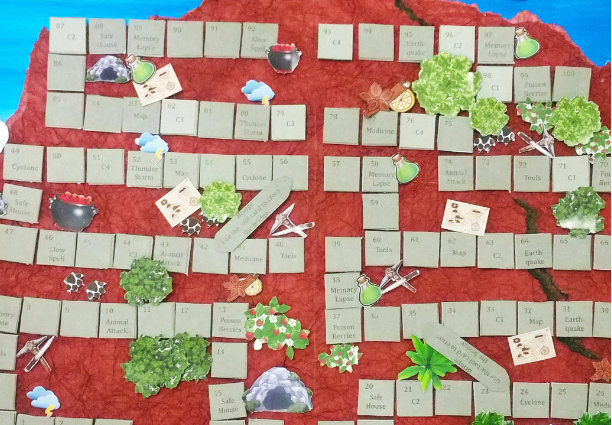
As the person making the board game, you wanna make sure your game is fun and keeps players hooked. One way to do this is by using cool themes that draw people in. You can also think about adding features that get players more involved, like hidden surprises or interactive bits like cards with questions on them. This will keep players captivated and interested all through their game time, making your board game more fun and entertaining!
How can I make sure my board game is safe for kids?
When you’re designing a board game for kids, it’s super important to make sure the game is safe. Making it kid-proof and using safety measures are key steps in creating a fun experience that won’t put kids at risk. You can do this by using materials that are safe, tough, and don’t have sharp edges, and by avoiding tiny pieces or parts that could be swallowed or are choking hazards. Also, be sure to include instructions and rules that are right for their age so young players know how to play safely.
Conclusion
You’ve done it! You’ve made your own board game. Now, you just gotta test it out and make sure it’s as fun as can be. Call over some friends and get set for a time full of laughs, strategy, and awesome fun. As you play the game, think about what’s working well and what could be better. Jot down any changes you wanna make for your next game so that each time you play it’s even more fun than before. High five on creating a one-of-a-kind board game experience for you and all your pals!

